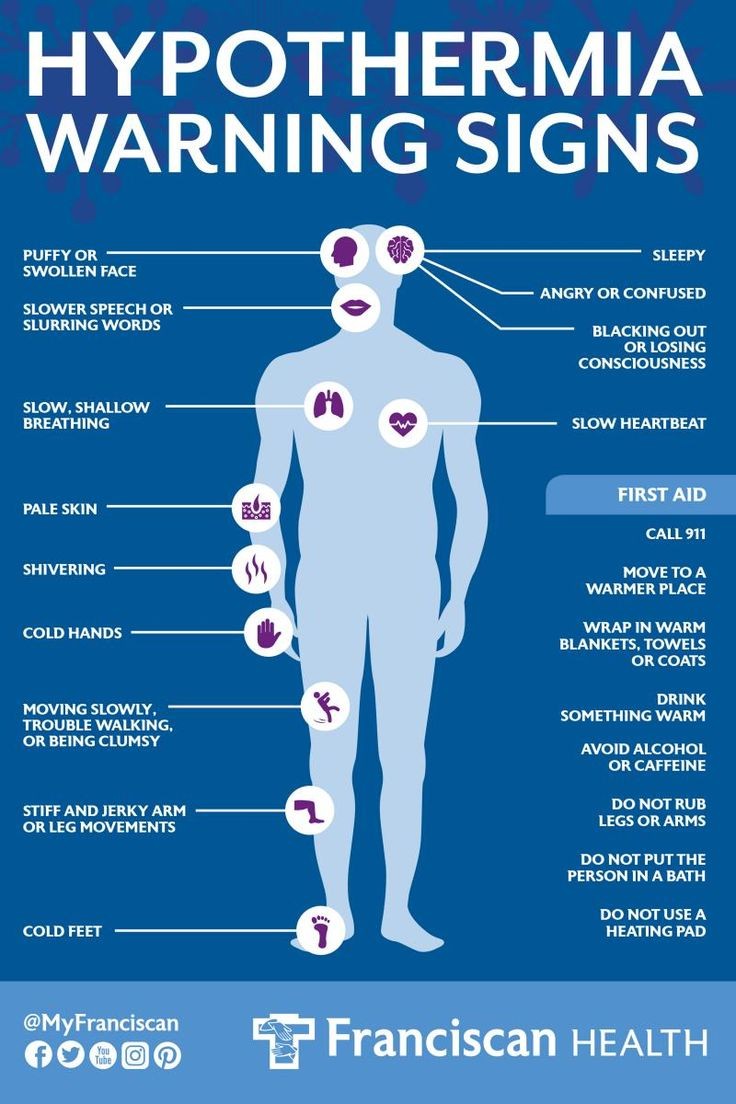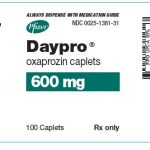
Contents
- 1 What Body Temperature Is Too Low? Hypothermia
- 1.0.1 What causes low body temperature?
- 1.0.2 What are the first signs and symptoms of low body temperature (hypothermia)?
- 1.0.3 What puts you at risk of low body temperature?
- 1.0.4 What should I do if my body temperature is too low (hypothermia)?
- 1.0.5 How can you prevent hypothermia?
- 1.0.6 What body temperature is considered a fever?
- 1.0.7 When should one seek medical treatment for a fever?
- 1.0.8 What causes a fever?
- 1.0.9 What is the best way to measure a fever?
- 1.0.10 Subscribe to MedicineNet’s Skin Care & Conditions Newsletter
What Body Temperature Is Too Low? Hypothermia
Hypothermia is a medical emergency that can lead to brain damage and cardiac failure if left untreated.
Body temperature below 95°F (35°C) is dangerously low and known as hypothermia. This occurs when the body loses heat faster than it can produce it.
What is the average normal body temperature?
- The average normal body temperature is 98.6°F (37°C).
- Normal body temperature can range from 97°F (36.1°C) to 99°F (37.2°C) in different individuals.
- A body temperature of 96.6 F (35.9 C) is considered low. However, if an adult has a body temperature this low but is not ill and does not have any other symptoms, they do not need to see a doctor or go to the ER. Older adults and infants with a body temperature of 96.6 F (35.9 C) should be evaluated.
What causes low body temperature?
Low body temperature (hypothermia) occurs when the body loses heat faster than it can produce it. It is most commonly caused by exposure to cold weather or cold water.
Conditions that can cause hypothermia include:
- Wearing inadequate clothing in cold conditions
- Spending prolonged periods in cold weather without protection
- Living in a cold house due to poor heating or lower temperatures
- Falling into cold water
What are the first signs and symptoms of low body temperature (hypothermia)?
14 signs and symptoms of hypothermia include:
- Shivering (the first and most common sign)
- Slurring of speech
- Cold and numb hands, fingers, and feet with difficulty performing tasks
- Slow, shallow breathing
- Weak pulse
- Clumsy movements
- Lack of interest and concern (apathy)
- Drowsiness or sleepiness
- A confused state of mind
- Transient memory loss
- Loss of consciousness
- Muscles becoming stiff
- The body is too cold to touch
- Bright red, cold skin (in babies)
What puts you at risk of low body temperature?
Not everyone exposed to the cold develops hypothermia. Age factors and tolerance levels play a role in how the body responds to the environment.
Factors that increase the risk of hypothermia include:
- Fatigue: Lower energy levels make cold temperatures more unbearable
- Old age: Reduced ability to tolerate and sense low temperatures
- Very young age: Children, especially infants, lose heat faster
- Alcohol and recreational drugs: Both increase heat loss and affect judgment
- Medical disorders:
- Hypothyroidism
- Poor nutrition
- Anorexia nervosa
- Diabetes
- Stroke
- Parkinson’s disease
- Trauma to the spine
- Certain antidepressants
- Narcotic pain medications
- Sedatives
What should I do if my body temperature is too low (hypothermia)?
If you encounter someone with hypothermia, here are eight first-aid tips to follow until medical treatment is initiated:
- Do not massage or rub the person’s body
- Move the person from a cold to a warm environment
- Remove wet clothing and cover the person (except for the face) with blankets
- Place the person on a warm surface (blanket or bed)
- Provide warm, sweet liquids (avoid coffee and alcohol)
- Use warm, dry compress (on the neck, chest wall, or groin but not the arms or legs)
- Avoid direct heat application (no hot water or hot-water bags)
- Perform cardiopulmonary resuscitation (CPR) when necessary (with undetectable breathing and pulse)
How can you prevent hypothermia?
Before going out during a cold spell, follow the acronym COLD (cover, overexertion, layers, dry) to prevent hypothermia. Here’s what you should do:
- Cover: Wear protective coverings, especially over the head, face, and neck
- Choose mittens over gloves for the hands
- Avoid overexertion in extremely cold environments
- Wear layers of loose-fitting, lightweight clothing with an inner layer of wool or silk
- Dry yourself quickly if you get wet
- Wear mittens and boots to avoid frostbite
What body temperature is considered a fever?
A fever is defined as a body temperature higher than normal. The average normal body temperature is 98.6°F (37°C).
- For adults, a fever is a body temperature higher than 100.4°F.
- For children, a fever is a body temperature higher than 100.4°F (measured rectally), 99.5°F (measured orally), or 99°F (measured under the arm).
A fever indicates that the body’s immune system is fighting an infection. A low-grade fever (between 100.4 and 102°F) may not require treatment. Treatment is essential if the body temperature exceeds 102°F.
When should one seek medical treatment for a fever?
A fever between 100.4 and 102°F is considered a low-grade fever. Treatment for a low-grade fever is needed if it occurs in infants under three months old or if accompanied by serious symptoms such as confusion or inability to eat or drink without vomiting or stomach upset.
One must seek medical treatment for fever if:
- The fever is accompanied by neck stiffness, confusion, or irritability
- A fever remains above 103°F (39.5°C) for more than two hours after home treatment
- A fever lasts longer than two days
- A fever is accompanied by a rash
- There is intolerance to light (photophobia)
- Signs of dehydration are present
- The person has seizures or any abnormal movements, or becomes unresponsive
If a fever rises above 105°F (40.5°C) and does not respond to treatment, urgent medical help must be sought as it is a life-threatening emergency.
What causes a fever?
The body’s internal thermostat regulates body temperature, typically around 98.6°F, regardless of external temperature changes. Any infection or stress can "reset" the thermostat and cause a fever. A fever does not indicate disease but rather shows that the immune system is actively fighting an illness or infection. When someone has a fever, body temperature increases, making it harder for bacteria or viruses to survive.
Common causes of fever include:
- Common cold
- Flu
- Ear or throat infections
- Bronchitis
- Urinary tract infections (UTI)
- Mononucleosis (the "kissing disease")
- Medications such as certain antibiotics, blood pressure medicines, and anti-seizure medications
- Cancer
- Heatstroke
- Autoimmune diseases such as lupus
- Certain childhood immunizations
- Stress
- Menstrual periods
- Heavy clothing
- Rigorous exercise
- Dehydration, especially in newborns
What is the best way to measure a fever?
The best way to measure body temperature is by using a thermometer. It can be inserted orally, rectally, or under the arm.
A fever can also be measured using a special instrument inserted in the ear to record the eardrum temperature.
Subscribe to MedicineNet’s Skin Care & Conditions Newsletter
By clicking "Submit," I agree to the MedicineNet Terms and Conditions and Privacy Policy. I also agree to receive emails from MedicineNet and understand that I may opt out of MedicineNet subscriptions at any time.
By clicking "Submit," I agree to the MedicineNet Terms and Conditions and Privacy Policy. I also agree to receive emails from MedicineNet and understand that I may opt out of MedicineNet subscriptions at any time.


